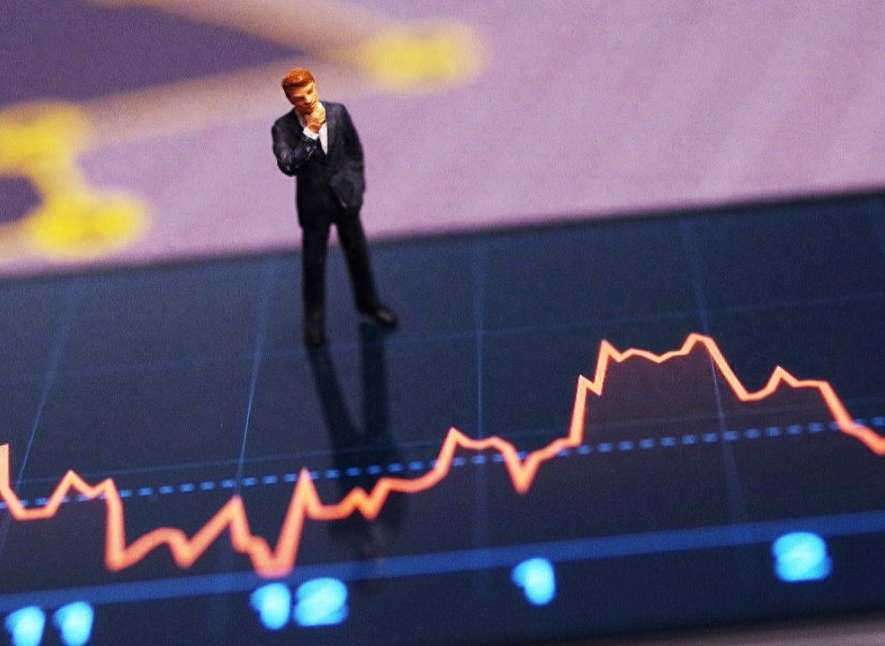Enhancing Commodity Price Risk Management
Advertisements
The global commodities market is witnessing a remarkable rebound, with significant increases in prices of essential non-ferrous metals such as gold, silver, copper, tin, and nickel, all showing over 30% growth. Additionally, prices for crude oil and agricultural products have surged. An in-depth analysis of the reasons behind this price surge reveals that two primary factors are at play. Firstly, structural changes within the global economy have led to a waning confidence in the U.S. dollar in international markets. Secondly, countries are ramping up investments in domestic production and green transitions to protect their industrial development and stimulate their economies, resulting in a substantial spike in demand for raw materials.
Gold is notably leading the market surge. The price of gold, a prominent representative of precious metals, has reached historical highs. Experts attribute this to central banks in emerging markets purchasing gold to mitigate the ongoing expansion of U.S. treasury yields and deal with asset scarcity. Additionally, geopolitical conflicts are generating widespread demand for safe-haven assets like gold.
In an interview, Li Zhao, the head of asset allocation strategy research at China International Capital Corporation (CICC), provided insights on the current market dynamics. He pointed out that gold serves as a globally priced asset, historically driven by funding from Europe and the U.S. However, starting from 2022, the pricing power of gold seems to be experiencing a marginal shift. Despite a notable withdrawal from gold exchange-traded funds (ETFs) in Europe and the U.S., and no significant increase in official holdings of gold by Western central banks, its price continues to climb, ultimately creating new records. This dynamic indicates a decreased influence of Western capital on gold pricing while highlighting a growing impact of Asian investments.
Amid a backdrop of de-globalization, many central banks are diversifying their asset allocation to mitigate risks. Concurrently, this central bank gold acquisition trend is mirrored by a rise in private gold purchases, leading to a widening premium of gold prices in the Chinese market compared to its counterparts abroad.
According to Li Zhao, "Gold acts as a significant substitute for dollar-denominated assets, and there exists an inverse correlation between the credibility of the dollar system and gold prices, reflecting gold’s currency characteristics." He advises focusing on gold’s long-term asset allocation potential rather than its short-term transactional value.
In terms of price relationships, gold and silver are positively correlated. As gold prices surge, an increasing number of investors are turning their attention to silver, which has recently experienced a bullish market trend, reaching levels not seen in over a decade.
The global metal market continues its bullish ascent, with copper prices hitting historic highs. This increase is driven by the rising demand from green energy transitions, the electric vehicle industry, and new applications such as artificial intelligence data centers, which are expanding copper’s application scenarios.

Wang Jie Chao, the chief analyst for metals at CITIC Securities, anticipates a bull market for "small metals." Given their resource scarcity on the supply side and their critical roles in emerging industries, these small metals exhibit greater demand elasticity and price responsiveness compared to base metals.
As the year progresses, global commodity prices have shown a trend of increasing rather than decreasing, with non-ferrous and precious metals leading the charge while prices for copper and gold reach unprecedented heights, resulting in heightened price volatility. According to experts, the surge in commodity prices is impacting the global economy and industries in three key areas. Firstly, rising costs are directly affecting consumers, particularly due to the increased prices of essentials such as food, energy, and transportation. Secondly, changes in global trade patterns are emerging, as commodity price hikes could lead to a reallocation of trade flows and shifts in trade relationships. Finally, the financial market has also felt the impact, with commodity price increases likely contributing to greater volatility in related financial products and amplifying overall market uncertainty and risk. Furthermore, fluctuations in commodity prices may influence adjustments to monetary policy.
In light of the substantial price volatility in commodities, experts are urging businesses to prioritize effective risk management strategies. They should adeptly utilize futures and options as tools for price hedging. With the launch of a registration system for futures by the end of 2023, China's futures market now showcases over 130 diversified futures and options varieties, presenting an array of risk management tools and investment options for enterprises.
Wang Jun, the head of Futures Research Institute at Founder FT, posits that mastering financial risk management tools is crucial for businesses striving to enhance their competitiveness. As the complexities, transparency, and uncertainties of global markets continue to burgeon, the futures market's influence on the pricing of commodities and products has become increasingly significant. Relevant enterprises are encouraged to continually refine their risk management capabilities and market insights to navigate rapid changes and formidable challenges. Nevertheless, to ensure compliance and stability in futures trading activities, businesses must establish robust internal control systems.
Leave a Reply
Your email address will not be published. Required fields are marked *